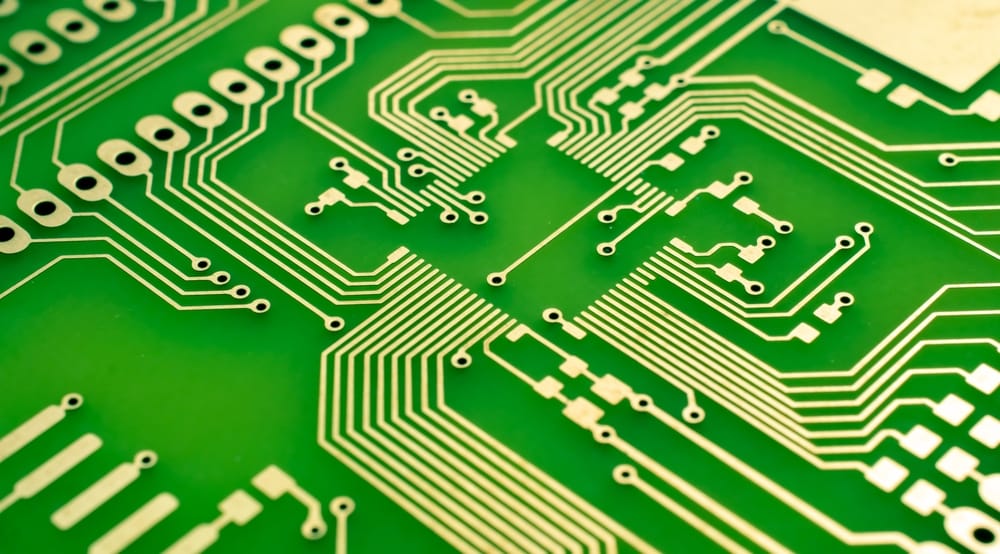PCB
PCB
Blog Article

The Power and Potential of Multilayer Flexible PCBs
Multilayer Flexible PCBs, or Multilayer Flex Circuits, are a technological marvel that has transformed the landscape of modern electronics. These specialized PCBs combine the flexibility of traditional flexible circuits with the ability to incorporate multiple layers of interconnected circuitry. In this article, we will delve into the world of Multilayer Flexible PCBs, exploring their advantages, diverse applications, and the manufacturing processes that make them an integral part of today's cutting-edge technology. Check out flex PCBs to learn more.
Unveiling the Multilayer Flexible PCB
Multilayer Flexible PCBs are a hybrid of flexible and rigid PCBs, offering the advantages of both worlds. They feature multiple layers of flexible substrate material interconnected by conductive traces. This unique construction allows them to bend, twist, and conform to intricate shapes while accommodating complex, densely-packed electronic circuits.
Advantages of Multilayer Flexible PCBs
1. Space Efficiency:
One of the primary benefits of Multilayer Flexible PCBs is their remarkable space efficiency. Their ability to house multiple layers of circuitry within a thin, flexible package is particularly advantageous in miniaturized electronic devices where every millimeter counts.
2. Design Versatility:
Multilayer Flexible PCBs provide designers with unparalleled freedom to create intricate, three-dimensional shapes. This versatility is indispensable in industries like aerospace, automotive, and medical devices, where irregular form factors are common.
3. Weight Reduction:
Compared to traditional rigid multilayer PCBs, Multilayer Flexible PCBs are significantly lighter. This weight reduction is invaluable in applications where weight constraints impact performance and portability.
4. Enhanced Reliability:
Fewer connectors, solder joints, and interconnects in Multilayer Flexible PCBs can lead to improved reliability and signal integrity. This makes them a top choice for applications that demand high reliability.
5. Simplified Assembly:
Multilayer Flexible PCBs can simplify the assembly process by eliminating the need for connectors, cables, and rigid interconnects. This not only reduces assembly complexity but also minimizes potential points of failure.
Applications of Multilayer Flexible PCBs
Multilayer Flexible PCBs have found a wide range of applications across various industries, including:
1. Aerospace and Defense:
In the aerospace and defense sector, Multilayer Flexible PCBs are essential components of avionics, communication systems, missile guidance systems, and satellites.
2. Medical Devices:
Multilayer Flexible PCBs play a pivotal role in medical devices, including medical imaging equipment, diagnostic devices, and wearable health monitors due to their compact form factor and reliability.
3. Automotive:
In the automotive industry, these PCBs are used in advanced driver-assistance systems (ADAS), infotainment systems, and engine control units, where space and weight considerations are critical.
4. Consumer Electronics:
Smartphones, tablets, laptops, and other portable devices benefit from Multilayer Flexible PCBs, enabling thinner, more compact designs.
5. Industrial Automation:
Multilayer Flexible PCBs are deployed in industrial automation for their ability to withstand harsh environmental conditions while providing compact and reliable solutions for control systems.
Manufacturing Multilayer Flexible PCBs
The manufacturing process of Multilayer Flexible PCBs is complex and requires precision and attention to detail. Key considerations include material selection, layer stackup design, tolerances, and quality control measures.
- Material Selection: Choosing the right materials is critical to ensure flexibility and reliability. Flexible substrate materials like polyimide are often used for their excellent thermal and mechanical properties.
- Layer Stackup Design: The layer stackup must be meticulously planned to accommodate the required number of layers and materials. The stackup design impacts the PCB's mechanical properties, electrical performance, and flexibility.
- Tolerances and Clearances: Strict adherence to manufacturing tolerances and clearances is essential to prevent issues like short circuits, interference, and misalignment between layers.
- Quality Control: Rigorous quality control measures, including electrical testing and visual inspection, are employed at various stages of manufacturing to ensure that the final Multilayer Flexible PCB meets the required specifications and reliability standards.
Conclusion
Multilayer Flexible PCBs are a technological marvel that empowers designers and engineers to create innovative, compact, and reliable electronic devices across a multitude of industries. Their unique blend of flexibility, space efficiency, and versatility make them indispensable in today's fast-paced world of electronics. As technology continues to evolve, Multilayer Flexible PCBs will undoubtedly remain at the forefront of innovation, driving advancements in fields ranging from aerospace to medical devices and beyond.
Report this page